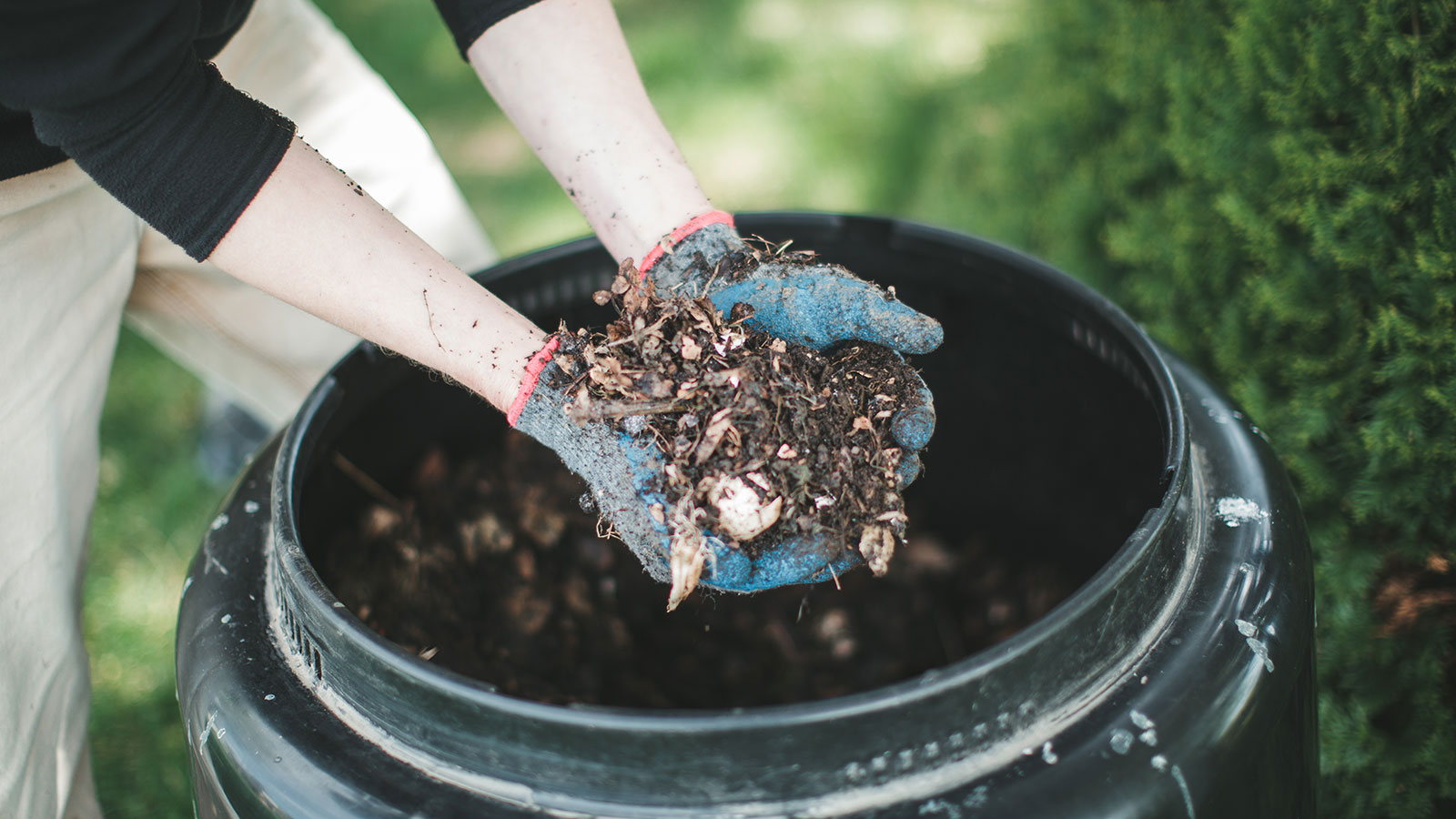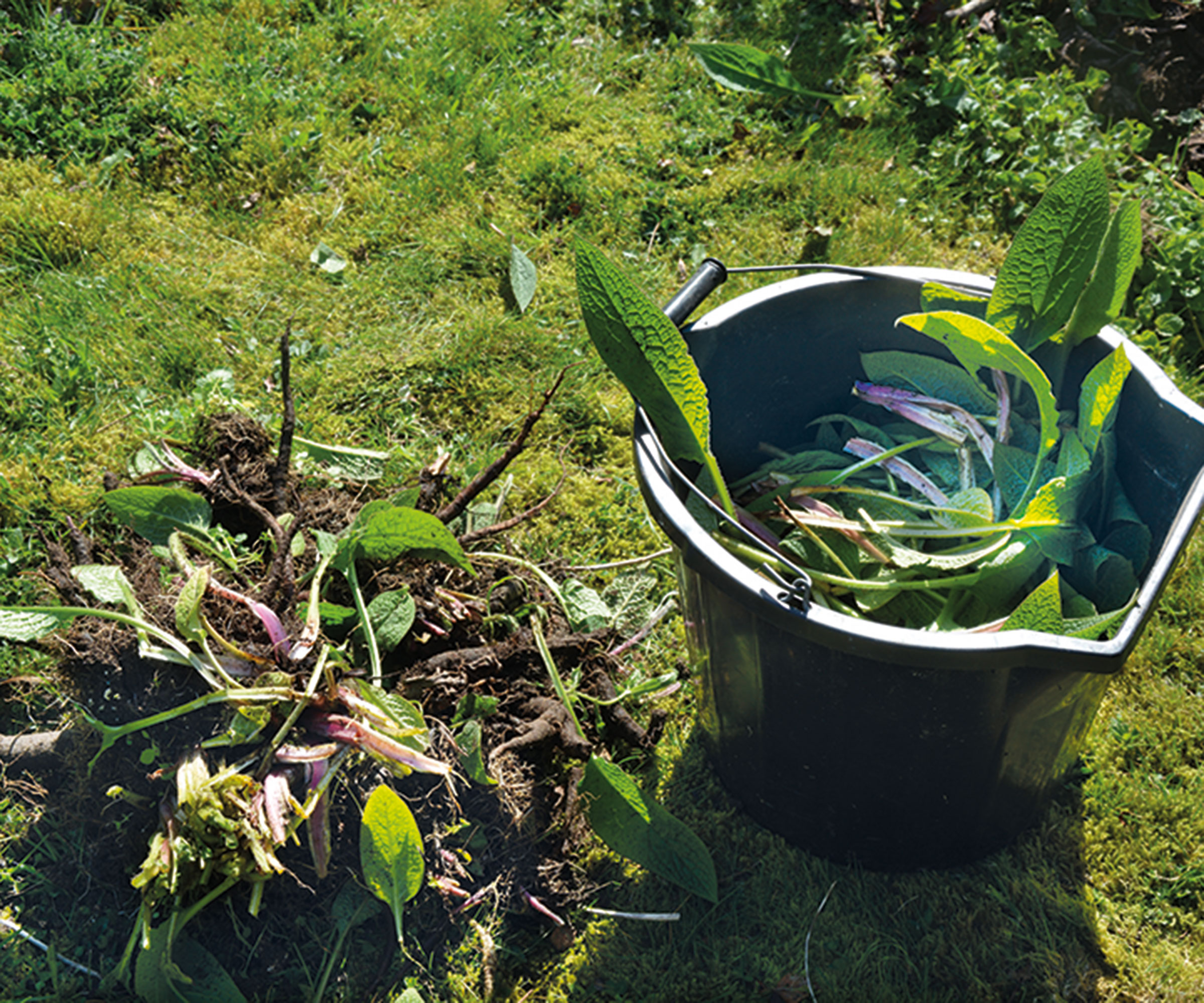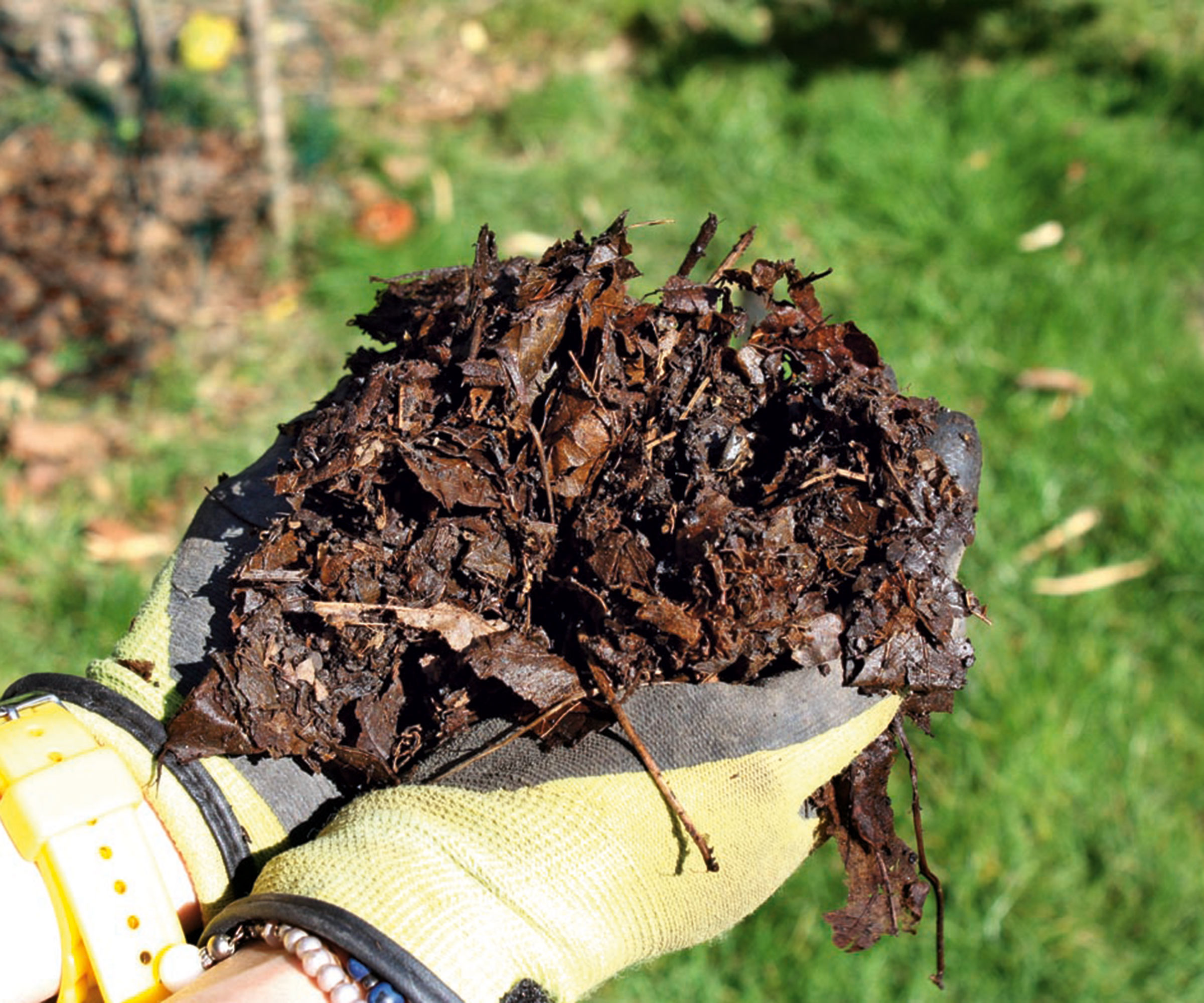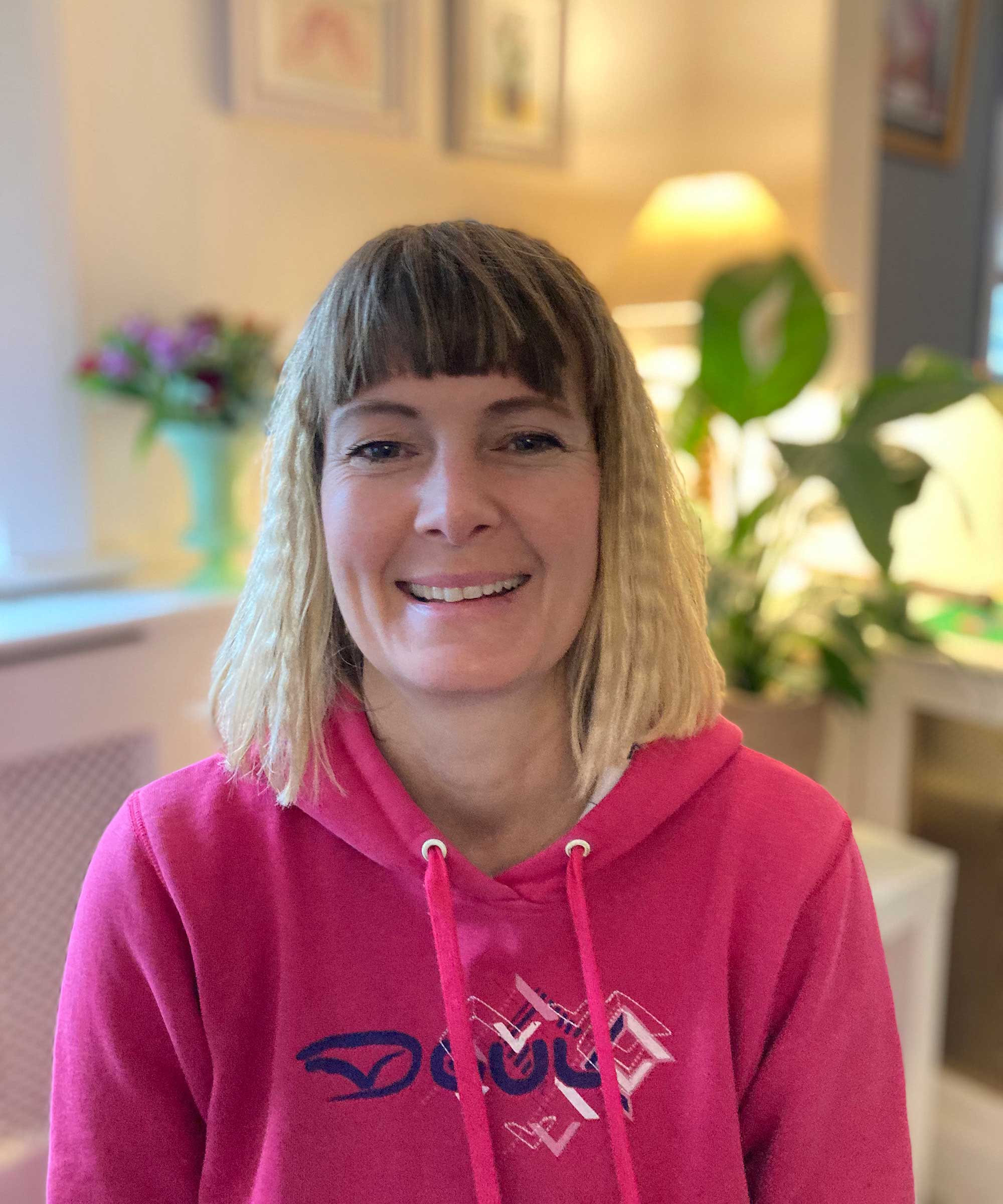How to make plant fertilizer – 7 natural methods to try
Give your plants a nutrient-rich boost with these simple methods for making natural fertilizers


If you like to keep things as organic as possible in the garden, making your own fertilizer is an excellent ecological choice, and you’ll save yourself a few dollars in the process.
Gardening experts are increasingly suggesting that plants in the borders don’t require much chemical fertilizing – if at all – and that it’s more important to feed the soil with organic matter like compost or manure. 'Many gardeners add [chemical] fertilizer out of habit,' says John Porter, Extension Educator at the University of Nebraska-Lincoln. Containerized plants do need regular feeding as they only have what you give them, but for plants growing in the ground, looking after the soil is often more important than feeding plants.
After homemade compost, consider making a plant fertilizer using weeds such as nettles, which make excellent liquid fertilizers, says the RHS, but there are other options you can try too.
7 easy ways to make plant fertilizer
If you have the time, inclination, and space in the yard, making your own plant fertilizer is worthwhile and will be much better for the environment and your soil health.
For those who need convenience, the solutions offered below are easy and practical ways to turn yard and kitchen waste into plant fertilizer, helping to create a more sustainable garden in the process.
1. Compost
The best way to fertilize your plants in the ground is with homemade compost created from kitchen scraps and yard waste, and/or with well-rotted horse manure.
Although organic matter has a much lower nutrient content than concentrated forms found in commercial products, it really helps to improve the soil’s structure and condition, which in turn helps nutrients already present in the ground to become more available to plants’ roots.
Design expertise in your inbox – from inspiring decorating ideas and beautiful celebrity homes to practical gardening advice and shopping round-ups.
Recycling green waste directly onto the garden is practical, but it’s much better to add kitchen scraps and prunings to a compost pile if possible, where they will decompose much quicker. Compost piles develop their own self-contained eco system full of beneficial soil microbes. These microbes are responsible for most of the organic matter break down and they enable nutrient uptake in plants.

A homemade compost bin doesn't need to take up too much space in your yard
2. Comfrey tea
Growing comfrey in your yard will give you all the ingredients you need to make a nutrient-rich fertilizer that will work wonders for your plants.
'Steeping fresh healthy foliage and soft stems under water for more than a week turns these into a nutritious smelly soup with stringy bits,' says organic gardening expert Bob Flowerdew. 'The most often made is from comfrey (Symphytum species, tough herbaceous perennials with lots of big lush leaves). Nicknamed "comfrey tea", it closely mimics the chemical analysis of conventional greenhouse tomato feed. Although intended for tomatoes, the high potash levels suits other plants such as roses, apples, gooseberries, potatoes, beet and onions.'
It's easy to learn how to make comfrey fertilizer, or you can even use the leaves for mulching your flower beds or adding to the compost heap.

Bob Flowerdew is the organic expert for Amateur Gardening magazine in the UK. Every week he writes about a wide range of gardening tasks and offers advice on how to create a sustainble, eco-friendly garden. He has also written a wide range of books on organic gardening methods, all available on Amazon.

Comfrey tea has similar benefits to tomato fertilizer
3. Grass clippings
Grass clippings are a great source of nitrogen for the compost pile but they must be mixed with woody material, otherwise they will create a slimy mess. If you don’t have a compost pile, you can use them around the garden.
'Grass clippings are a rich source of nitrogen, which feeds the bacteria that helps root vegetables to grow well,' says gardening expert Alys Fowler. Use a thin layer (no more than 4in) to mulch around your potatoes and hearty vegetables like pumpkins and artichokes. If the layer is too thick, it will turn slimy and encourage slugs.
According to the experts at garden tool brand Flymo, 'placing your grass clippings underneath the base of your hedges and bushes will help prevent weeds.'
Mulching your lawn with grass clippings can also be beneficial for your turf as it can help to boost nutrients in the soil.
4. Wood chippings
If you don’t have room for a compost heap, directly applying yard waste to the ground is an easier option. The caveat is, the more finely chopped the waste is, the quicker it will rot down, and the less unsightly it will look.
A wood chipper, such as the Sun Joe 15-Amp electric wood chipper from Amazon, is a quick and easy way to reduce down branches and twigs to pieces no bigger than an inch.
Adding woody chippings to the soil can encourage the microbes to grow but may use up reserves of nitrogen in the soil, leaving less available for plants. To address this, add grass clippings (high in nitrogen) to the ground as well.
5. Leaf mold
Decomposed leaves make a superb soil conditioner. As with wood chippings and grass clippings, if you can break up the leaves (easier when they are gathered dry) into smaller pieces, they will decompose quicker.
You can use a lawn mower to chop up the leaves ready for bagging up into black bin liners. Make holes in the bottom of the bags with a hand fork to allow for aeration, which will help the leaves to rot down. Ensure the bags are tied tightly so the leaves can’t escape during windy weather and place them out of sight behind a shed or outbuilding.
You should have a useable leaf mold that can be dug into the borders the following fall. It's the perfect way to make use of dead leaves in the garden and turn them into something valuable for your plants.

Fallen leaves can be turned into a valuable plant fertilizer
6. Trench composting
This no-fuss composting method is a great option if you’re planning to grow hungry summer crops like beans and pumpkins.
During the fall, simply dig a trench (or a hole) about 2ft deep at the spot where your future crops will be planted and fill with kitchen scraps over the coming months. Cover the hole with a board, then lift and drop in materials as needed.
Trench composting also works in flower beds. When you have a bowl full of kitchen scraps, take it to the garden, dig a small 12in deep hole wherever there is space and dump the waste in the hole, then cover it over and let it work its magic.
7. Wormery compost
'A worm farm or worm bin consists of at least two compartments: a lower collection sump for the liquid and an upper composting area where the kitchen waste goes in and the worms actively work,' says the RHS.
There’s a bit of an art to using a wormery but once you get the hang of it, you’ll have a nutritious liquid fertilizer for your bedding plants. There are the outlay costs to consider but you’ll be doing your bit for the environment in the long run.
The key is not to overfill your wormery so that the worms have a chance to keep up, and the decomposing material doesn’t turn into a slimy mess. Do bear in mind that there are a few things you shouldn't put in a wormery, including acidic, fatty or spicy foods.
This VermiHut Plus worm compost bin from Amazon is a relatively affordable option if you're new to worm composting and want to give it a go.

Investing in a wormery can save you money in the long run as you won't need to buy fertilizers
Chemical fertilizers often contain more minerals than your plants actually need, according to Ben Raskin from the Soil Association. 'Excess minerals are then washed away by rain and irrigation and find their way into water sources used by both humans and animals.'
Whether you go for one of the above methods, or even try using coffee grounds as a fertilizer or making oatmeal fertilizer, learning how to make plant fertilizer is a cheaper and more environmentally friendly method than buying chemical options.

Sally is horticulturally trained to degree level and has worked on gardening magazines for over a decade. She now regularly writes for Homes & Gardens and Easy Gardens. When Sally isn’t writing, she gardens for local clients, and cultivates her own little patch in sunny Bournemouth.